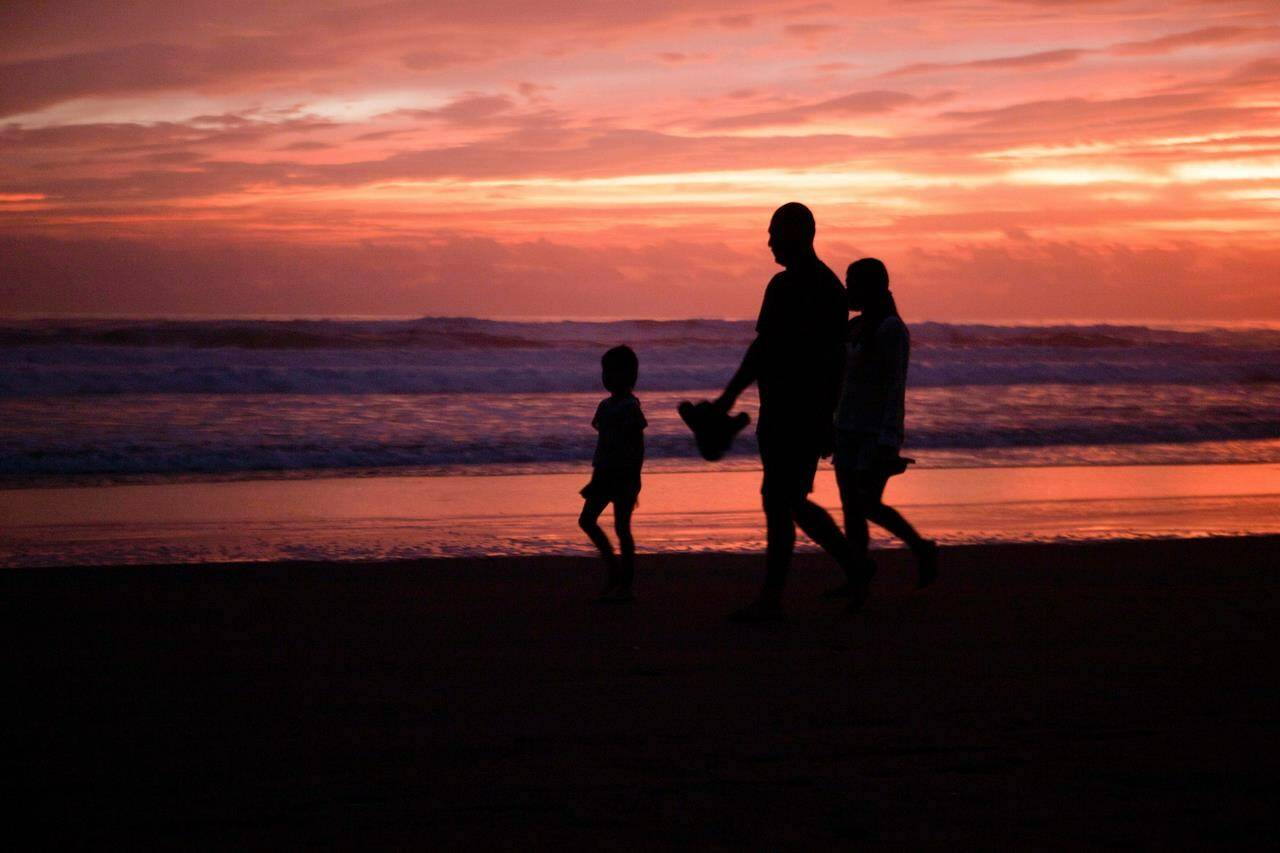Michael Morrow is sitting poolside in Cancun, a Corona lager in hand, but with the faintest of knots in his stomach.
“To have a trip cancelled due to the airline is painful, but to have it happen at Christmas — when that is the only possible time to have the trip — is much more painful,” he says, referring to a holiday excursion to Mexico last year that was cancelled due to crew constraints.
This year, he’s slated to fly back to Thunder Bay, Ont., from Mexico’s Yucatán Peninsula on Dec. 25. He and his family have built in some buffer time for their holiday plans in case of delay. But his experience lingers in his mind, along with other tales of travel nightmares from 12 months ago, when thousands of passengers saw their flights delayed or cancelled largely due to poor weather.
“I would always be nervous if I had something important,” he says.
Though the forecast looks favourable, airports and airlines are gearing up for the prospect of travel snarls as the holidays approach, ramping up staffing and flight schedules, readying updated facilities and doling out advice to passengers.
Toronto’s Pearson airport is expecting a small city to pass through its gates daily — 160,000 at the peak in the coming week. The Vancouver airport anticipates two million passengers in December, nearly 250,000 more than at the same time last year. Some operators pinpoint this Friday and Dec. 29 as the most high-traffic dates.
“In every airport around the world, it’s a very busy time,” said Anne-Sophie Hamel, a spokeswoman at the Aéroports de Montréal.
The Montreal airport will make use of a recent $40-million upgrade to one of its two luggage processing areas to streamline baggage handling, she said.
The airport’s 124 seasonal snow-clearing workers will be ready to hit the runways if need be — and, if it’s anything like late December 2022, in round-the-clock shifts — she said, recalling the “weather bomb” of Dec. 23 last year.
“There was this massive snowstorm that affected not only Montreal and Quebec but also the U.S. and provinces out west. That had a massive ripple effect.”
When combined with the annual travel surge and post-pandemic staffing shortages, foul weather in much of the country led to overflowing baggage halls at Pearson, stranded passengers from coast to coast and thousands of flight cancellations across the continent, with some travellers held on grounded airplanes for hours.
In British Columbia, freezing rain lashed the Lower Mainland, causing major hold-ups at the Vancouver airport and knock-on effects farther east. Blizzards in Ontario and Quebec wreaked more havoc. The baggage system at Toronto’s Pearson airport broke down as temperatures dipped to -14 C on Dec. 24. And hundreds of Canadians found themselves stranded in Mexico when Sunwing cancelled their flights home, resulting in an eventual apology from the CEO.
This year, Pearson has upgraded that system to identify problems more quickly, said airport spokesman Sean Davidson. It has also hired more workers who can drive its fleet of 100-plus snow removal vehicles, including the 19 new ones it acquired over the past year. Since July, crews have been training and stockpiling equipment.
“There’s a ton of work that goes on through the months that people would never think about snow removal,” said Davidson.
At the moment, the mood at the terminals and tarmacs remains bright.
“It’s looking like it’s going to be a green Christmas,” he said.
Environment Canada is forecasting largely sunny skies from Calgary to Halifax through Dec. 25, with temperatures hovering on either side of 0 C.
Staffing levels in all corners of the country’s four biggest airports, from ground handling to customer service, have been fleshed out since the pandemic.
“As we entered the busy winter travel season last year, COVID-19 travel restrictions were still evolving and many organizations within the aviation industry were still recovering and building resources back to pre-pandemic levels,” said Jocelyn Alexander, a spokeswoman for the Calgary Airport Authority.
Air Canada said its staff also have more experience now. For many, last year’s holiday rush was their first.
The company has baked in extra time between flights to ease connections. It has set aside six spare planes at its mainline operation and eight at its regional carrier Jazz. It has also booked 200 hotel rooms a day at its main hubs for any waylaid customers, with options for more.
WestJet said it plans to use aircraft from its now-defunct budget subsidiary Swoop to help with any flight recovery.
Industry experts recommend checking the flight status before heading to the airport in case of delays, arriving three hours ahead of departure and using apps to speed up the check-in process.
When flying to the United States, the Mobile Passport Control app allows users to fill in personal information that will give them access to a speedier customs line on arrival. The same is true with the ArriveCan app when flying home.
Airports also have digital tools, such as Pearson’s YYZ Express app, that lets travellers schedule times to go through security, steering clear of the regular line and heading straight to a special queue.
All the tarmac tips and passenger prep in the world aren’t enough to convince B.C. resident Holly Klitch to get on board again this holiday season. Last December, she and her family found themselves stranded in Toronto for eight days on the way back from a Caribbean cruise, and “missed Christmas” at home as a result.
“We aren’t going to take that chance again,” Klitch said.
READ ALSO: UBC professor talks holiday safety amid COVID-19
READ ALSO: Holiday passengers arriving without bags as Toronto Pearson airport luggage piles up

